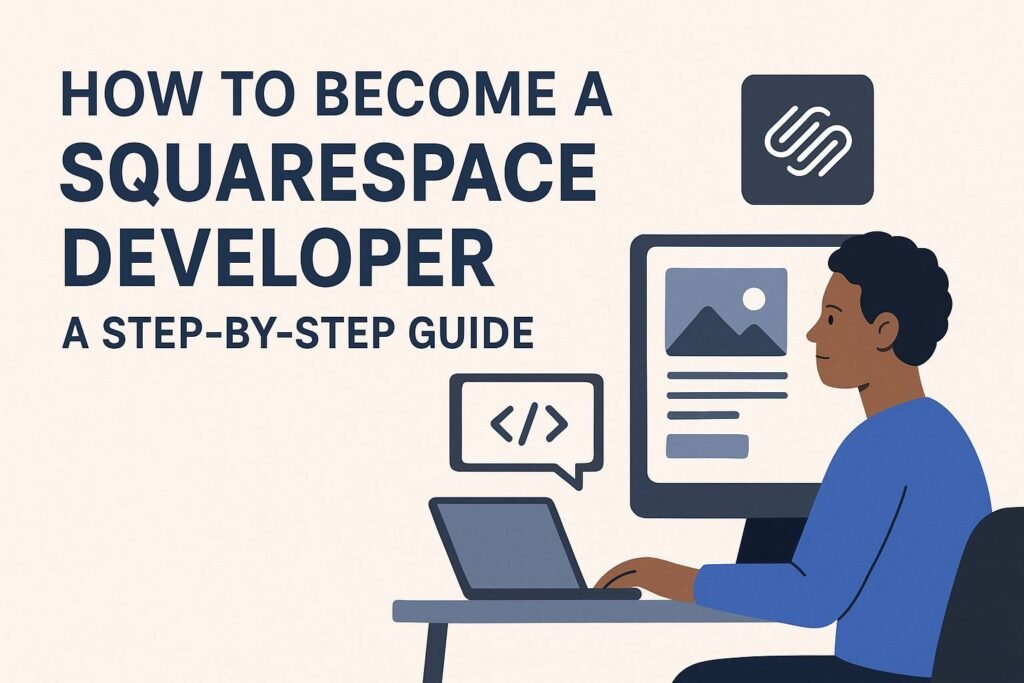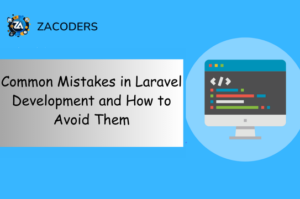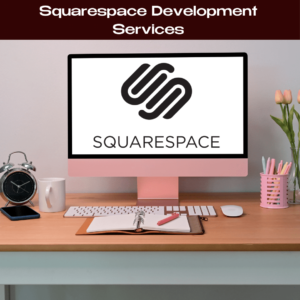Squarespace is favored by many as a premier website building platform due to its intuitive design and widespread flexibility. As the service proliferates, those with Squarespace development skills may encounter prospects requiring tailored solutions. The following is a primer covering all that one needs to grasp to develop proficiency with Squarespace.
Streamlining a sites appearance and function demands juggling diverse widgets and modules while ensuring a sleek, synchronized result. Whether reformatting a template or crafting elements from scratch, the developers role is to transform visions into smooth, skillfully-constructed digital presences. Mastery arises through dedicated experimentation, continually refining one’s understanding of Squarespace’s immense yet elegant abilities.
Understand What a Squarespace Developer Does
Unlike conventional web designers, Squarespace developers perform inside the limitations of the Squarespace platform. They develop, tailor, and maximize Squarespace sites by benefiting from incorporated devices, including customized code, and in some cases integrating third-party capabilities. Frequently, your work will zero in on crafting singular, branded experiences while extracting the maximum worth from Squarespace’s inherent characteristics.
However, before delving into the specialized specifics, it’s crucial to recognize the part of a Squarespace developer. They create one-of-a-kind, branded immersions while making the most out of Squarespace’s existing highlights. Your work will typically concentrate on building exceptional, customized ordeals while capitalizing on Squarespace’s inherent includes. Additionally, Squarespace developers leverage the platform’s integrated tools, supplement custom code solutions, and at times incorporate third-party features suited to the client’s wants.
Learn HTML, CSS, and JavaScript Basics
While Squarespace simplifies web design for many, power users require a deeper understanding of HTML, CSS, and JavaScript to fully customize pages. Let’s breakdown the basics:
- HTML: HTML provides the underlying structural framework, allowing you to precisely semantically mark up content such as headings, paragraphs, lists, and links.
- CSS: CSS is key for controlling the visual design you can define and modify typefaces, colors, spacing, layouts, and more using clean, cascading styles.
- JavaScript: JavaScript adds interactivity, facilitating actions like custom dropdowns, lightboxes, sliders, and dynamic content updates. Though Squarespace has limitations, JS expands possibilities.
Of course, mastering these fundamental languages takes time. Fortunately, many online learning platforms like Codecademy, freeCodeCamp, and W3Schools offer structured, self-paced courses from beginner basics to advanced techniques either free or affordably.
With dedication to the fundamental building blocks of HTML, CSS, and JS, you can gain the customization control needed for sophisticated Squarespace site design.
Get Familiar with Squarespaces Development Environment
Squarespace’s environment is different from other CMS platforms like WordPress. Familiarize yourself with the following tools and concepts:
- Developer Mode: Squarespace’s Developer Mode is where you’ll have full access to the platform’s underlying code. You can create custom templates, add JSON, and edit CSS files directly.
- Custom CSS Editor: Squarespace’s built-in CSS editor allows you to add and preview custom styles without leaving the platform.
- Squarespace API: For advanced developers, the Squarespace API allows for more complex customizations and integrations. It’s a valuable tool if you want to create dynamic content from external sources.
Squarespace provides extensive documentation on how to use each feature, making it easy to experiment and learn.
Build Your First Squarespace Website
Once you’re comfortable with the basics, start building your first Squarespace website. Try to include:
- Custom layouts and sections using the drag-and-drop builder.
- Personalized styles and color schemes using custom CSS.
- Interactive elements and effects using JavaScript.
If you’re not ready for a client project, consider building a portfolio website for yourself. This practice will help you explore the platform’s capabilities and showcase your work to potential clients.
Explore the Squarespace Developer Platform
Squarespace offers a Developer Platform that gives developers more control over website elements. To access this, you’ll need a Business or Commerce Squarespace plan. Some benefits of the Developer Platform include:
- Access to Source Files: You can edit HTML, CSS, and JavaScript files, allowing for deeper customization.
- Code Injection Options: Insert custom code for unique functionality in headers and footers.
- JSON Templates: Build customized page structures using JSON files, which are useful for adding unique content sections.
Be sure to review the Squarespace documentation for specific guidelines and tutorials on using the Developer Platform.
Learn About Squarespace Plugins and Integrations
Many clients want websites that integrate with third-party services or have enhanced functionality. Explore plugins and integrations compatible with Squarespace, such as:
- Zapier: For automating workflows and connecting Squarespace to apps like Google Sheets or Slack.
- Google Analytics and Tag Manager: For tracking website traffic and visitor behavior.
- Mailchimp and Social Media Feeds: To incorporate marketing and social media functionality.
Plugins and integrations can increase a site’s functionality, and knowing how to set them up is a valuable skill for Squarespace developers.
Understand SEO on Squarespace
SEO (Search Engine Optimization) is critical for clients who want their sites to rank well in search engine results. Squarespace has built-in SEO tools, but here’s what to focus on as a developer:
- Meta Titles and Descriptions: Ensure each page has appropriate titles and descriptions.
- Alt Text for Images: Every image should have alt text to improve accessibility and SEO.
- URL Structure: Keep URLs simple, descriptive, and relevant.
- Site Speed Optimization: Optimize image sizes and avoid unnecessary code to improve site loading speed.
Understanding Squarespace developer SEO capabilities will set you apart as a developer who can improve website performance and visibility.
Join the Squarespace Developer Community
Connecting with fellow Squarespace developer provides tremendous benefits. The Squarespace Developers Forum, Slack workspaces, and Reddit subgroups furnish helpful assets, troubleshooting advice, and motivations. Associating within these collectives aids keeping up with platform updates, discovering novel approaches, and potentially locating clients. Moreover, the ever-changing nature of online platforms requires constant learning to efficiently solve inexplicably complex issues faced by clients. While networking expands knowledge, consistently challenging oneself with perplexing technical queries from diverse online communities substantially enhances proficiency.
Build Your Portfolio and Offer Services
Once you are comfortable with Squarespace development services, it’s time to start building a portfolio. Showcase various projects demonstrating your ability to customize templates, add custom code, and enhance user experience. Common services offered by Squarespace developers include:
- Custom Website Design: Creating unique website layouts and styles.
- Custom CSS & JavaScript: Adding specialized design features.
- SEO Optimization: Enhancing websites for better search engine rankings.
- Maintenance and Support: Providing ongoing help and updates for existing sites.
Consider setting up a Squarespace website for your portfolio. It’s a great way to showcase your skills to clients and demonstrate what’s possible on the platform.
Market Yourself as a Squarespace Developer
To attract clients, make your presence known online. Here are some ways to do so:
- Freelance Platforms: Join platforms like Upwork or Fiverr to offer your Squarespace development services.
- Social Media: Share insights and samples of your work on platforms like LinkedIn, Instagram, and Twitter.
- SEO and Content Marketing: Optimize your website and create content around Squarespace topics to attract organic traffic.
- Networking and Referrals: Reach out to web designers, marketing professionals, and past clients who may refer work to you.
Creating a strong online presence can help you establish authority and build a client base.
Conclusion
Becoming a Squarespace developer is an exciting journey that combines design, coding, and client collaboration skills. By following these steps, you can develop the technical knowledge and business acumen to offer valuable services to clients looking for custom Squarespace developer websites. Whether you’re looking to start a side hustle or launch a full-time business, Squarespace development offers plenty of opportunities. Start learning, build your portfolio, and connect with clients to succeed in this rewarding field.




